The frenetic energy of Tokyo and the tourist-filled temples of Kyoto represent only a fragment of Japan’s story. Beyond the well-trodden urban centers lies another Japan—one of profound silence, measured rhythms, and ancient ways of being that have remained largely unchanged for centuries.
This is a Japan where time moves differently, where the space between moments holds as much significance as the moments themselves. Here is a list of 15 rural Japanese experiences crafted specifically for travelers who find meaning in stillness, contemplation, and the subtle unfolding of landscapes and traditions.
Ine no Funaya, Kyoto Prefecture

This fishing village features wooden boathouses built directly over the water, creating a rare harmonious relationship between human dwelling and the sea. The 230 funaya (boat houses) line the bay like a necklace, each structure serving as both home and boat garage with the first floors opening directly onto the water.
Morning fog often shrouds the village, creating an ethereal landscape where only the gentle sound of water lapping against wood breaks the silence.
Koyasan, Wakayama Prefecture
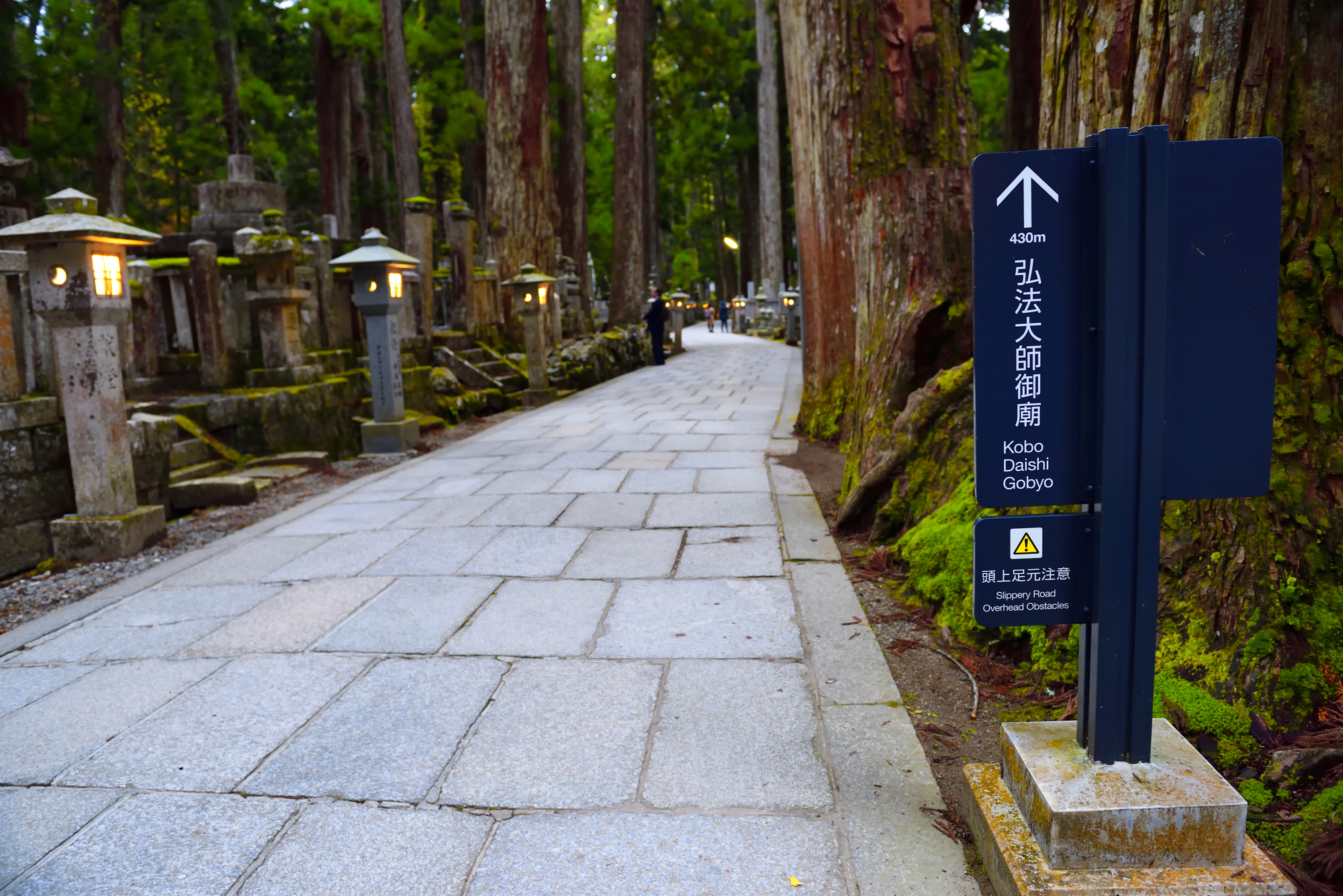
This mountain temple complex, founded in 816 CE, offers temple stays where visitors rise before dawn for meditation alongside monks who have maintained these practices for centuries. The forested cemetery, Okunoin, contains over 200,000 moss-covered stone monuments spread among ancient cedar trees, creating Japan’s most sacred memorial space.
Walking the two-kilometer path through the cemetery in the early morning mist provides a profound experience of transience and continuity that transcends cultural boundaries.
Shirakawa-go, Gifu Prefecture
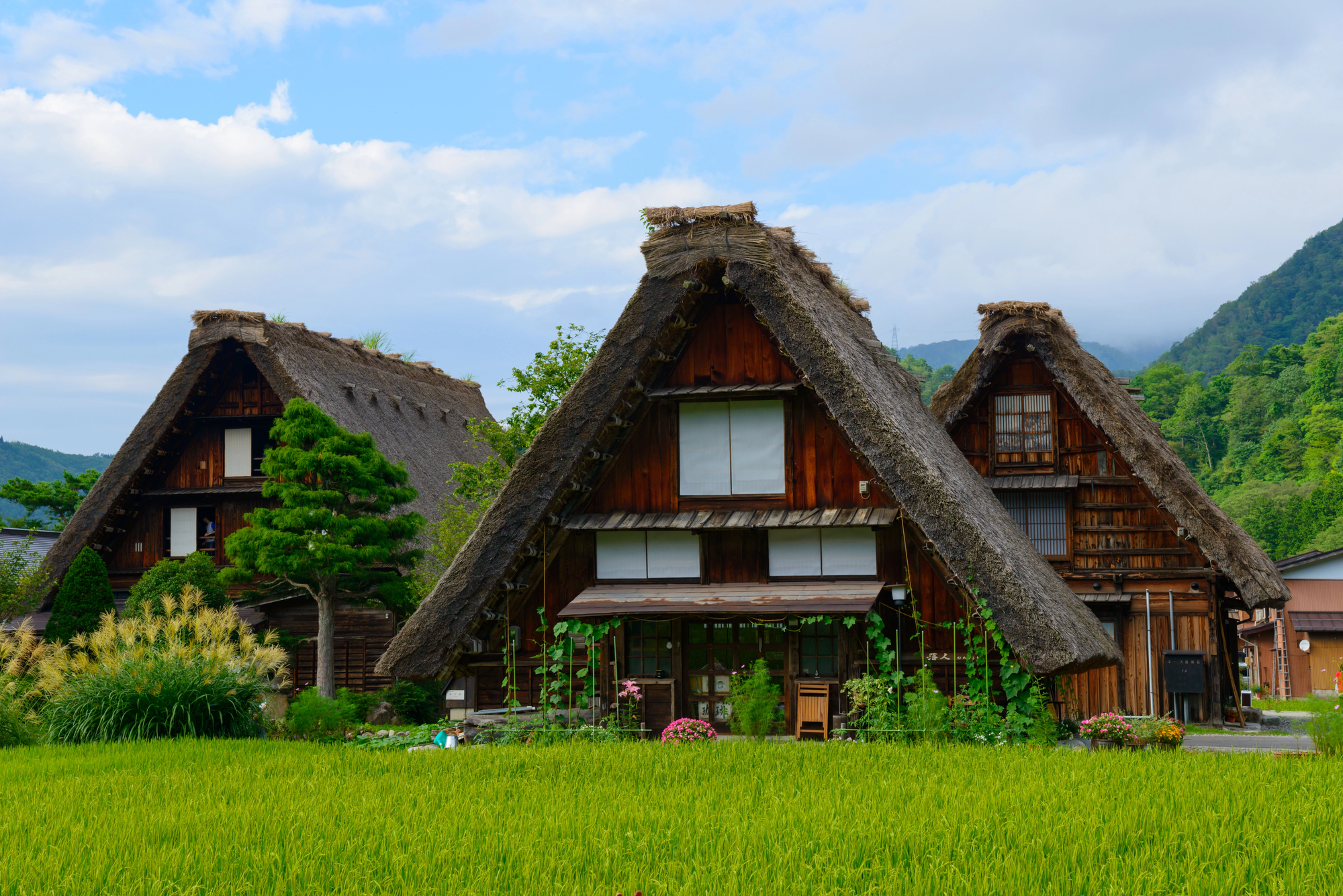
This UNESCO World Heritage village features distinctive gassho-zukuri farmhouses with steep thatched roofs designed to withstand heavy winter snowfall that can reach 10 feet deep. These multi-family dwellings stand much as they did centuries ago, with families still practicing traditional silk cultivation in their attics during winter months.
Staying overnight after day-trippers depart reveals the true character of the village, especially during winter when snow blankets everything in hushed whiteness.
Like Travel Pug’s content? Follow us on MSN.
Naoshima Island, Kagawa Prefecture
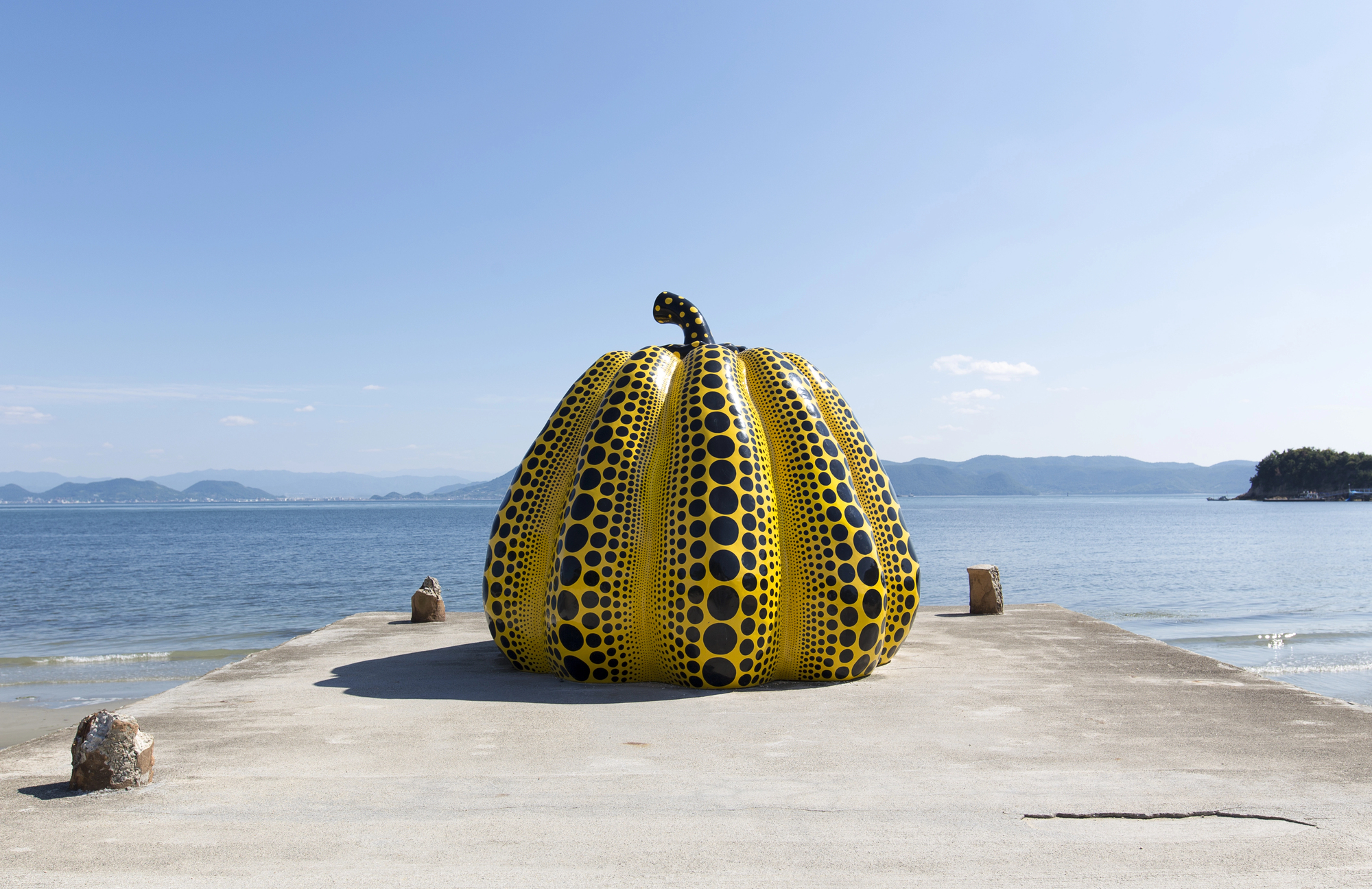
This small island in the Seto Inland Sea has transformed from rural backwater to art destination through a thoughtful integration of contemporary installations with natural and traditional environments. The Art House Project repurposes abandoned houses into site-specific works that visitors experience alone or in small groups, often sitting in contemplative silence within transformed spaces.
The pace of ferry transportation naturally slows visitors, creating a rhythm of approach and departure that enhances appreciation of each artistic encounter.
Taketomi Island, Okinawa Prefecture
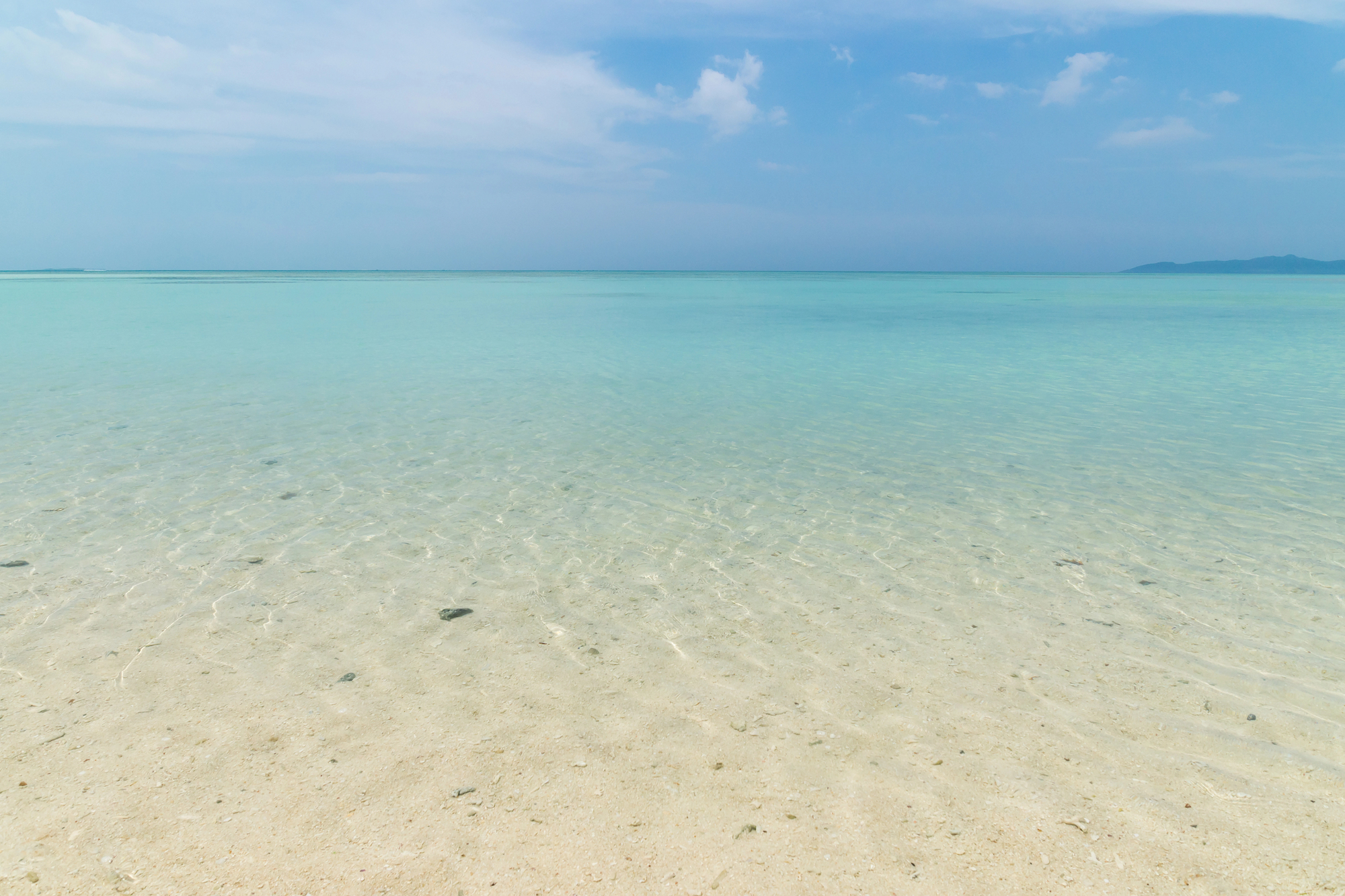
This tiny preserved island maintains traditional Ryukyu culture with coral-walled paths winding between traditional one-story houses with red tile roofs and shisa guardian figures. No cars disturb the island’s tranquility, with transportation limited to walking, bicycle, or occasional water buffalo cart rides through the village.
Time here follows pre-modern patterns, with many businesses closing during the hottest hours and few electric lights competing with the extraordinary stargazing opportunities after sunset.
Choishi Michi Trail, Wakayama Prefecture
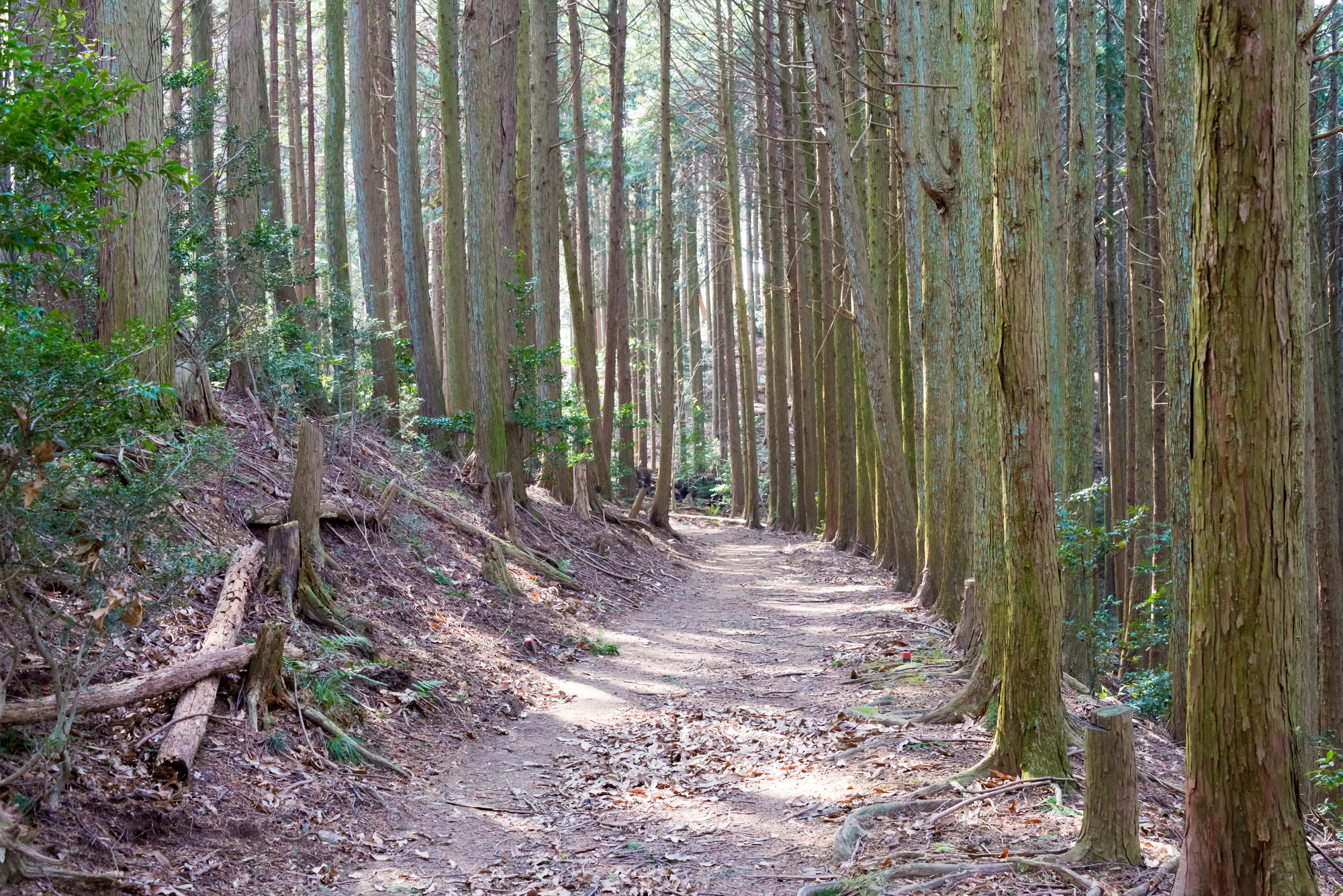
This ancient pilgrimage route stretches 15 miles from Kudoyama to Koyasan, marked by 216 stone signposts dating from the 13th century. The path winds through small rural communities, bamboo forests, and mountain passes little changed since medieval times.
Unlike the now-crowded Kumano Kodo trails, this route sees few hikers, allowing for solitary walking meditation through what feels like Japan’s past landscape.
Like Travel Pug’s content? Follow us on MSN.
Tsumago-juku, Nagano Prefecture
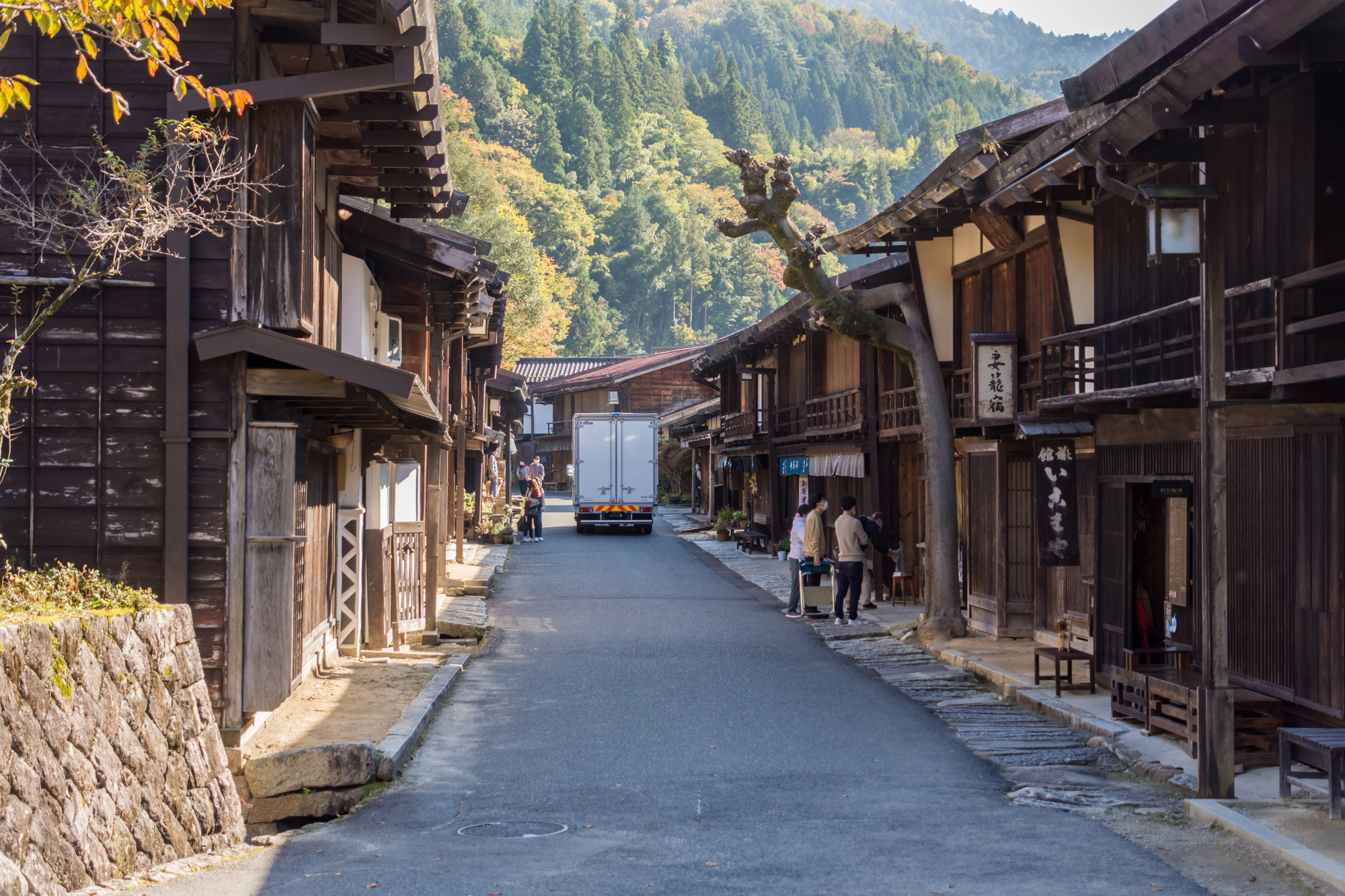
This former post town on the historic Nakasendo route connecting Tokyo and Kyoto has been meticulously preserved without visible modern elements like power lines or vending machines. The village enforces policies preventing souvenir shops, maintaining an authentic atmosphere rather than a tourist simulation of Edo period life.
Evening brings particular magic when lanterns illuminate the main street and overnight guests experience the village without day visitors.
Ojika Island, Nagasaki Prefecture
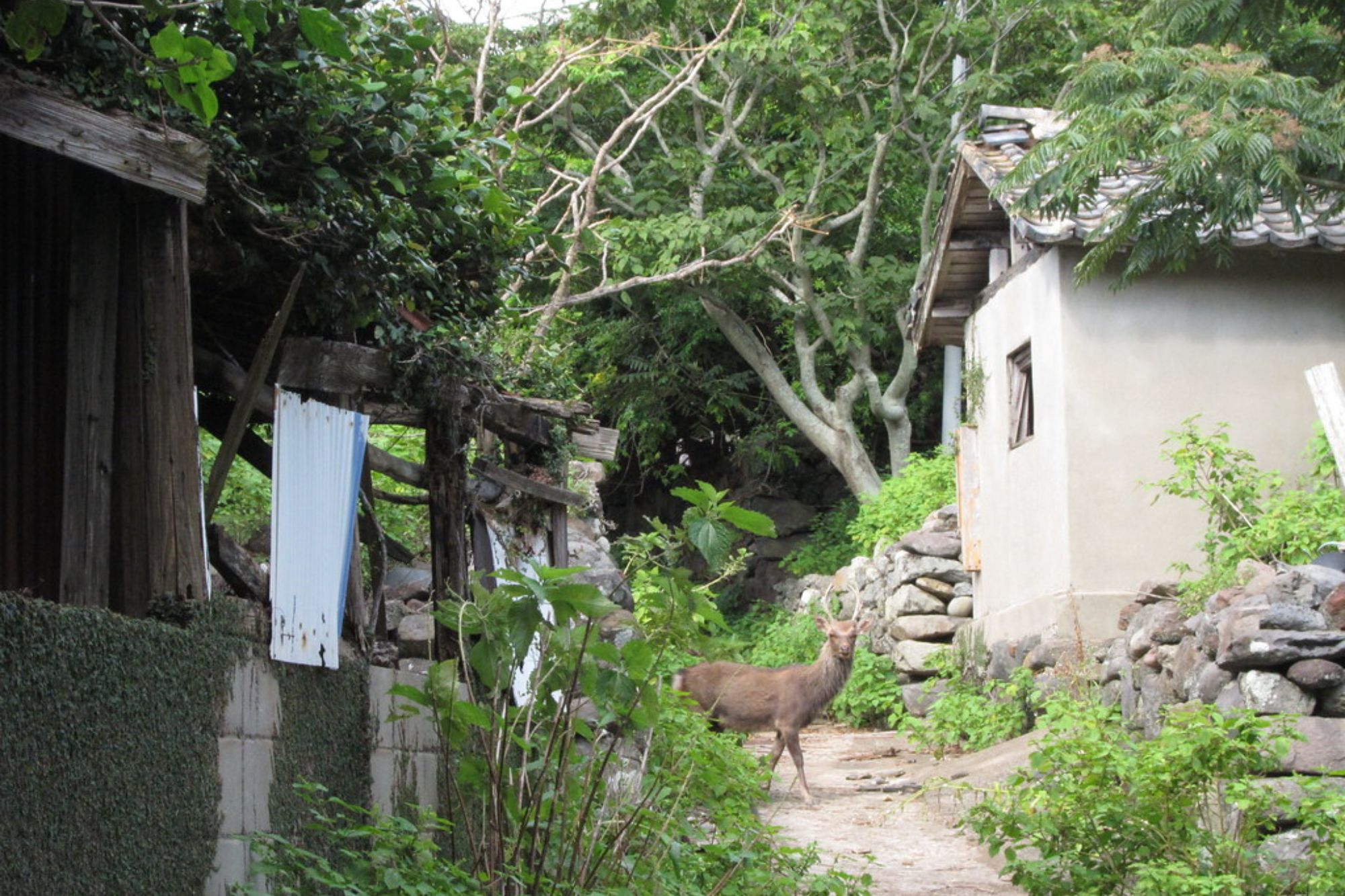
This remote island in the Goto archipelago combines agricultural traditions, fishing villages, and largely undeveloped beaches with a program that renovates vacant traditional houses for traveler accommodations. The island’s population of 2,500 maintains traditional ways of life largely unchanged by modern tourism infrastructure.
Visitors often find themselves invited into local activities—helping with potato harvests, joining fishing expeditions, or participating in seasonal festivals that follow ancient patterns.
Wazuka, Kyoto Prefecture

This hidden tea-growing region produces some of Japan’s finest green tea amid terraced hillsides that change color with each season. The landscape combines natural forest with human agricultural intervention so seamlessly that the boundaries blur into perfect harmony.
The rhythmic agricultural calendar governs life here, with the spring first-flush harvest period bringing focused intensity, followed by quieter maintenance seasons where visitors can help with field work or simply observe practices unchanged for generations.
Like Travel Pug’s content? Follow us on MSN.
Teshima Island, Kagawa Prefecture
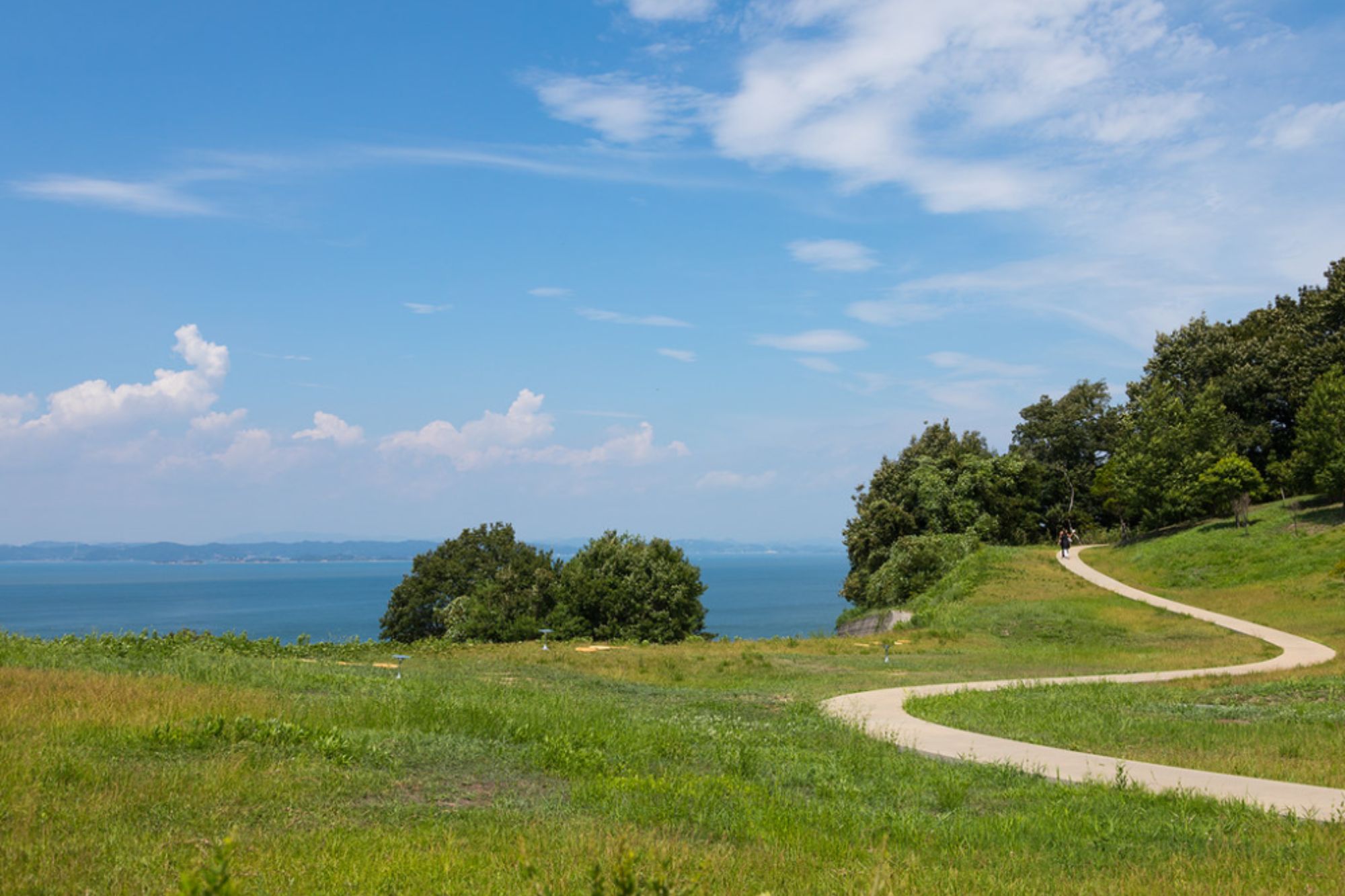
This agricultural island features the Teshima Art Museum, a concrete shell structure with two oval openings to the sky where water continuously seeps through the floor in patterns never repeating. The museum limits visitors, creating extended encounters with a single artwork that changes constantly with light, weather, and season.
The island maintains its farming traditions alongside artistic interventions, with rice terraces and abandoned houses creating an unintentional landscape of beauty and decay.
Asuka Village, Nara Prefecture
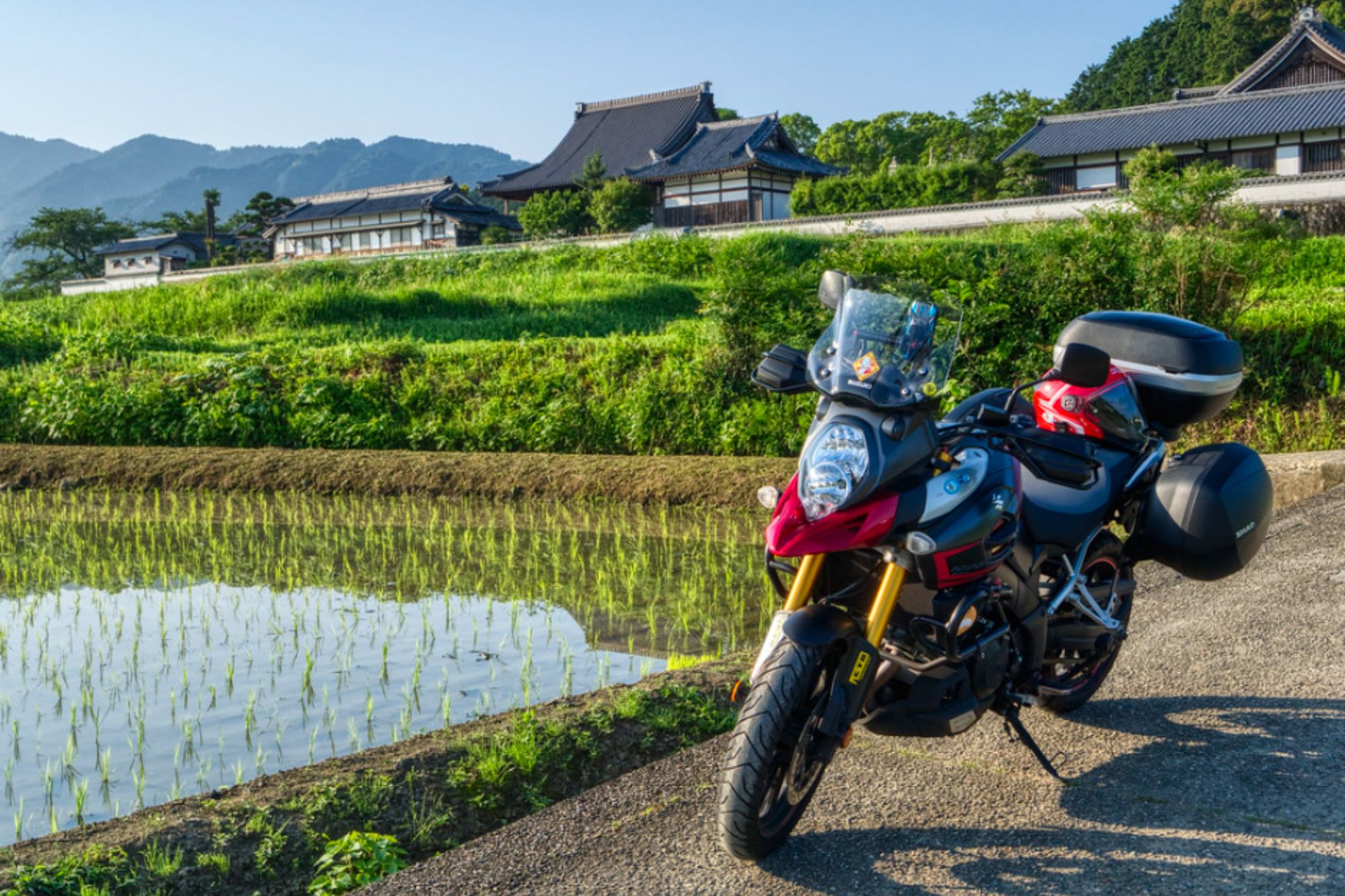
This agricultural community contains Japan’s first Buddhist temples and imperial tombs scattered among rice fields and bamboo groves, yet receives a fraction of visitors compared to nearby Nara city. The mysterious carved stone monuments from the 7th century stand in working fields, creating an open-air archaeological experience free from museum barriers or crowds.
Bicycle paths connect historical sites through working agricultural landscapes that have maintained continuous cultivation for over 1,500 years.
Iya Valley, Tokushima Prefecture
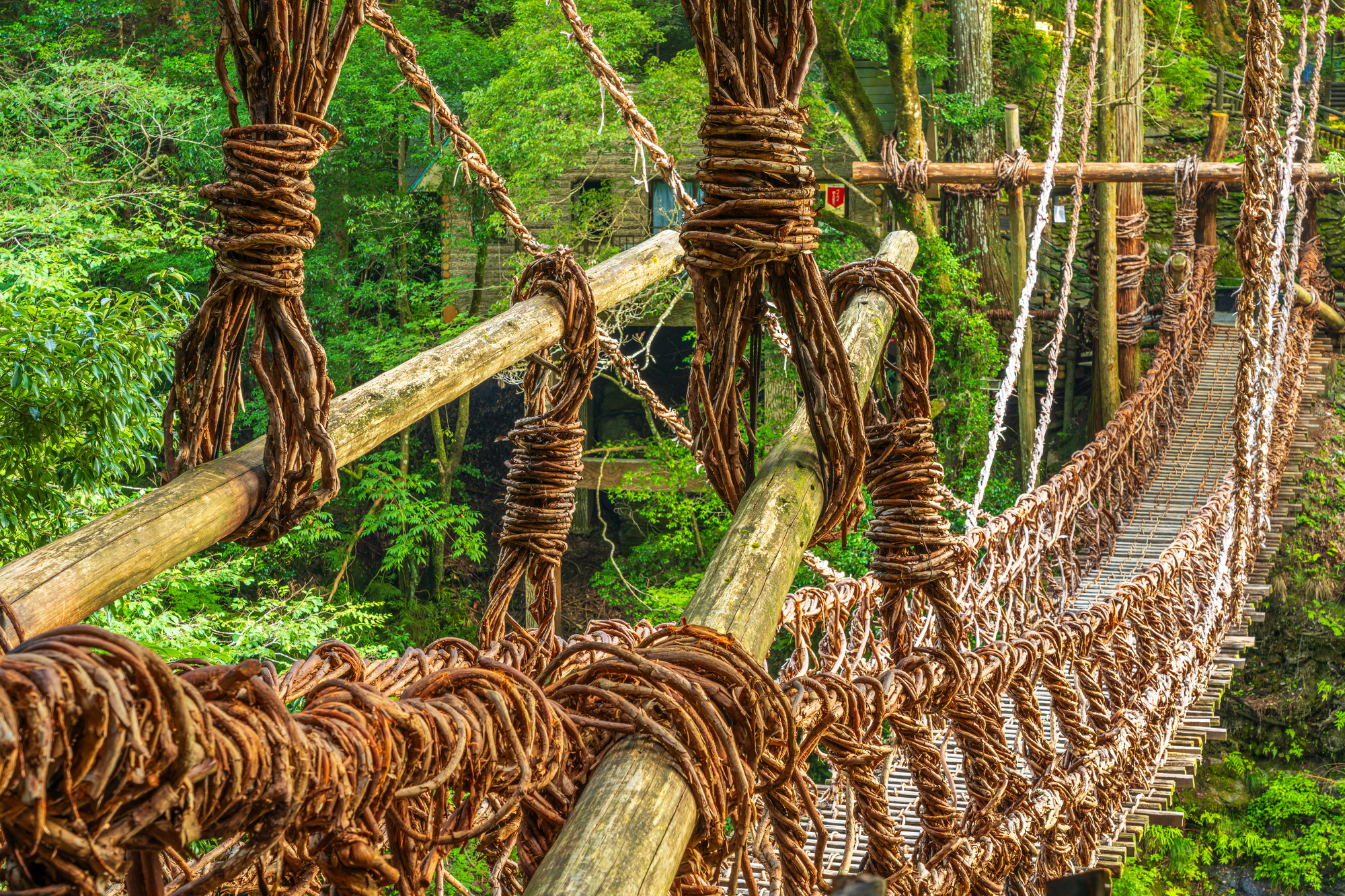
This remote mountain region on Shikoku Island features traditional vine bridges spanning deep gorges, once used by defeated warriors hiding from imperial forces. The region’s isolation preserved mountain agricultural traditions, including thatched farmhouses perched on seemingly impossible slopes.
Modern depopulation has created a landscape of partly reclaimed villages and terraced fields returning to the wilderness, providing a melancholy beauty that contemplates impermanence.
Like Travel Pug’s content? Follow us on MSN.
Takane Village, Yamanashi Prefecture
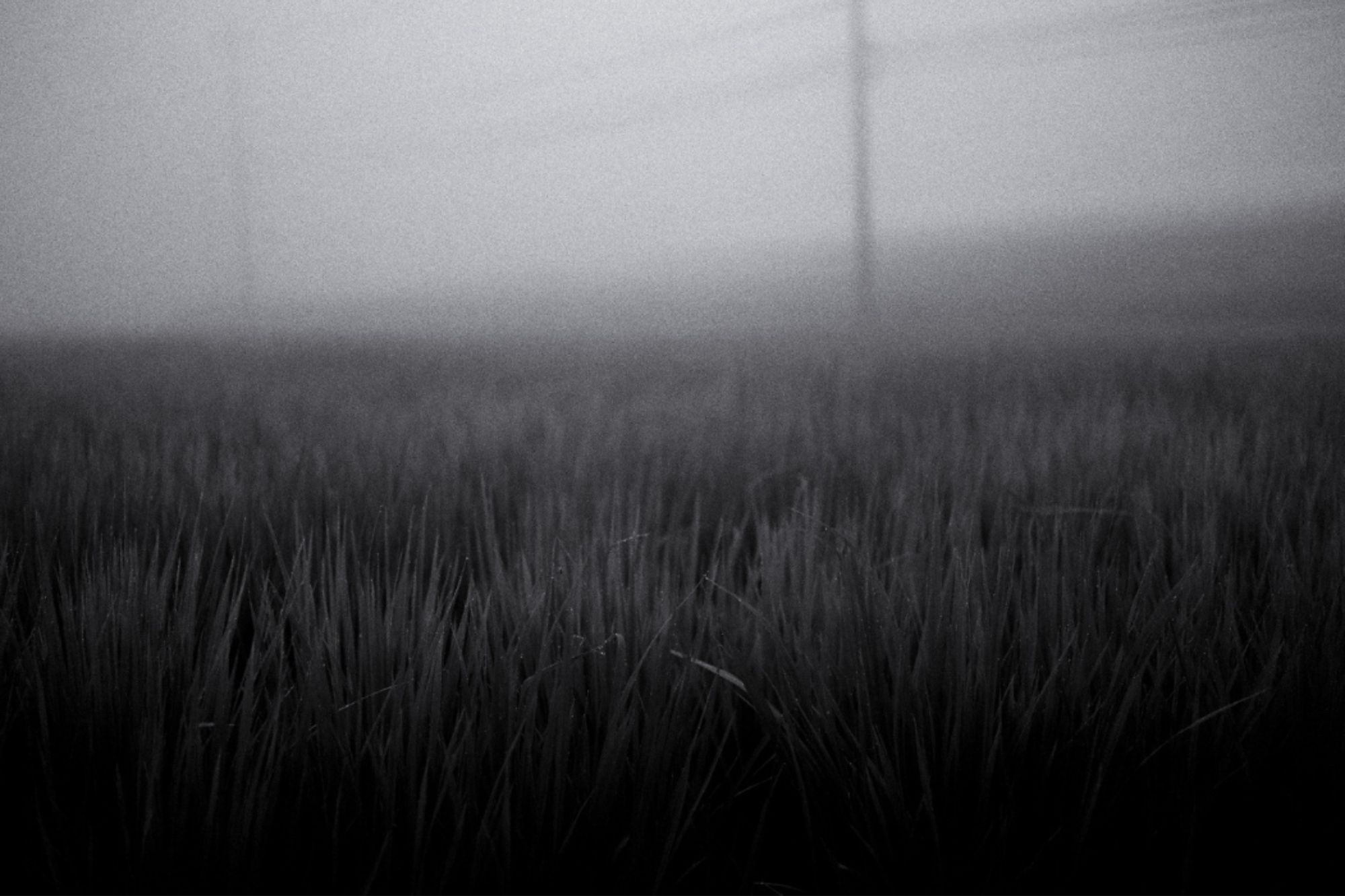
Located 3,400 feet above sea level, this mountain village specializes in wasabi cultivation, growing Japan’s finest plants in clear flowing mountain streams arranged in carefully engineered terraces. The precise requirements for wasabi—clean water with specific minerals, temperature, and flow rate—create cultivation areas of meditative beauty that require daily attention and adjustment.
The village offers traditional farmstay experiences where visitors help tend wasabi beds using techniques unchanged for centuries.
Sado Island, Niigata Prefecture
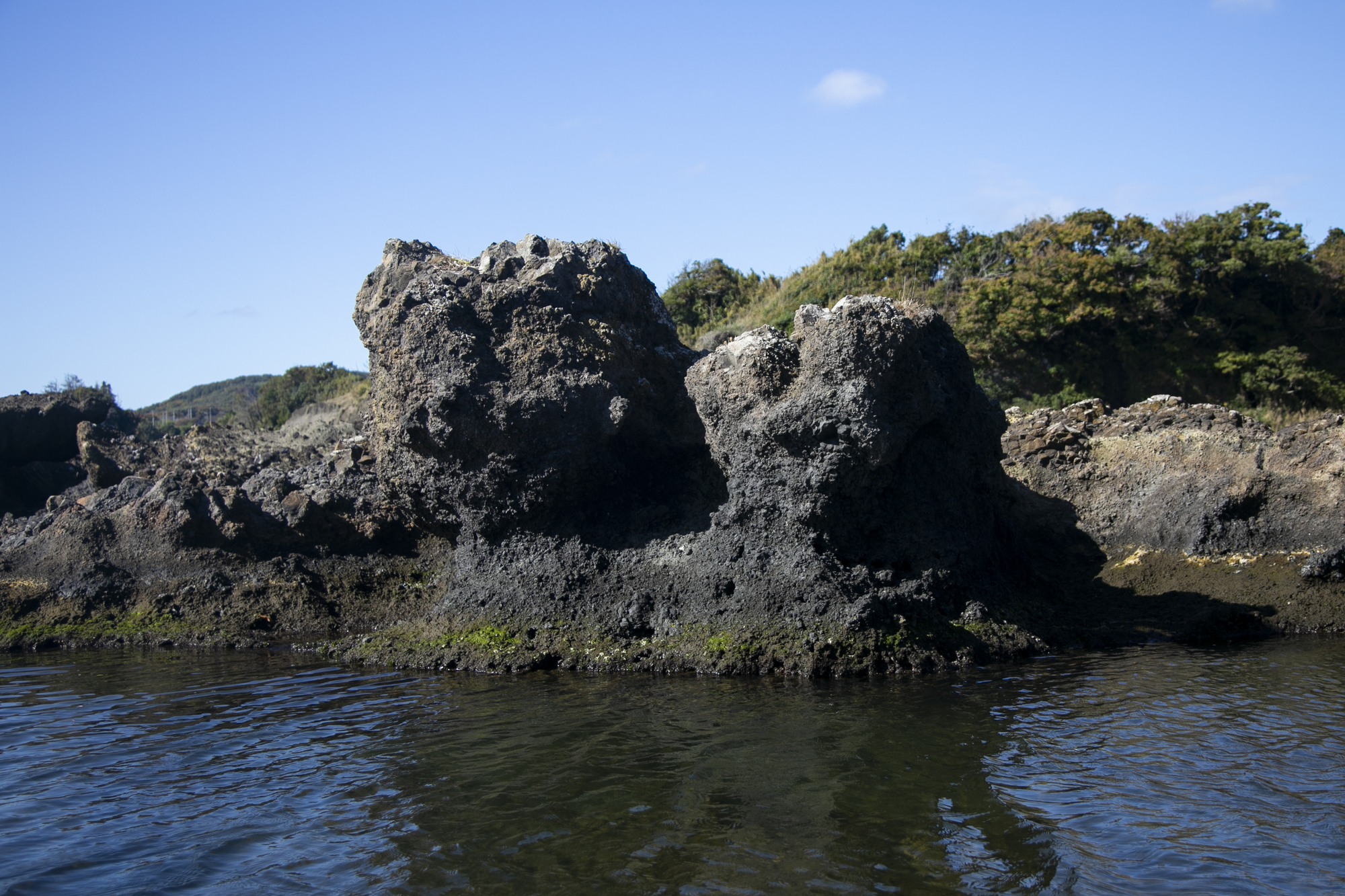
This large island in the Sea of Japan contains multiple distinct landscapes, from rugged coasts to old-growth forests to terraced rice fields, all connected by winding roads with minimal traffic. The island’s history as an exile location for political prisoners created unique cultural developments, including the famous Kodo taiko drumming group that trained through traditional work rhythms.
The gold mining town of Aikawa contains abandoned buildings and workings where nature slowly reclaims human industrial structures.
Yoshino Mountain, Nara Prefecture

This sacred mountain contains over 30,000 cherry trees planted in organized bands covering four distinct elevation zones, creating a bloom season that unfolds slowly upward over weeks rather than days. Ancient pilgrimage paths connect temples, teahouses, and viewpoints through forests containing thousand-year-old cedar trees that create cathedral-like spaces of natural silence.
Small traditional inns offer views across the mountain, with some rooms positioned specifically for watching the interplay of mist, forest, and blossoms.
Like Travel Pug’s content? Follow us on MSN.
The Path of Patient Observation
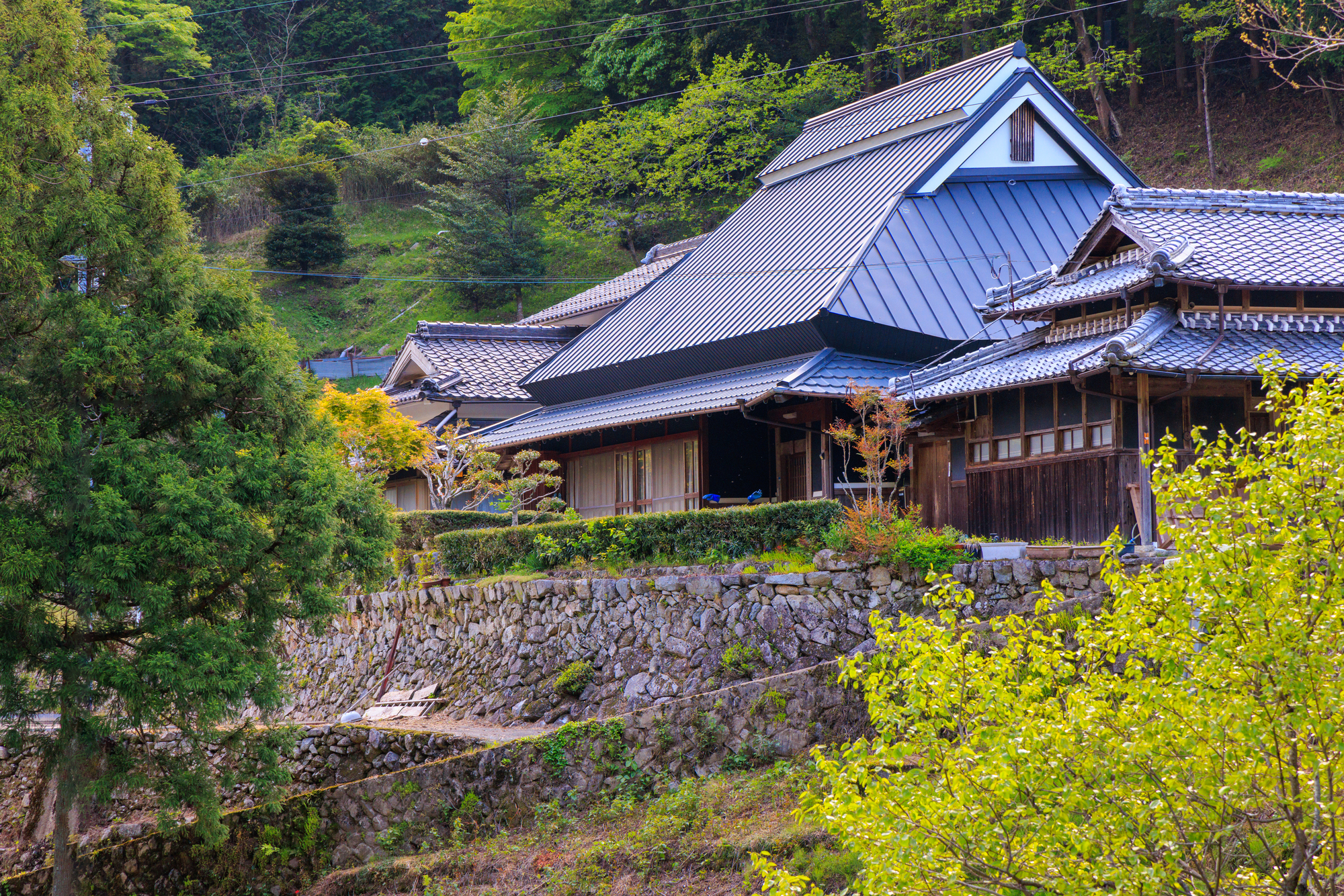
Rural Japan offers a profound counterpoint to modern travel’s emphasis on maximizing experiences through efficiency and speed. These fifteen destinations reveal themselves fully only to those willing to linger, observe seasonal changes, and participate in the measured rhythms of agricultural and spiritual traditions that have evolved over centuries.
The practice of slow travel here becomes not just an aesthetic choice but an ethical one—a way of moving through cultural landscapes with minimal disruption while supporting communities working to maintain traditional knowledge in the face of rapid demographic change. The stillness sought by travelers exists not as an absence but as a presence—an active quality cultivated through centuries of attentive relationships between people and place.
More from Travel Pug

- Cities Growing so Fast You Won’t Recognize Them in 10 Years
- 13 Destinations Where Tourists Regularly Regret Their Trip
- 20 Obscure WWII Sites Even History Buffs Don’t Know About
- 10 Under-the-Radar Mountain Towns That Are Both Affordable and Beautiful
- Remote Villages in Europe Where You Can Live for Free in Exchange for Work
Like Travel Pug’s content? Follow us on MSN.
